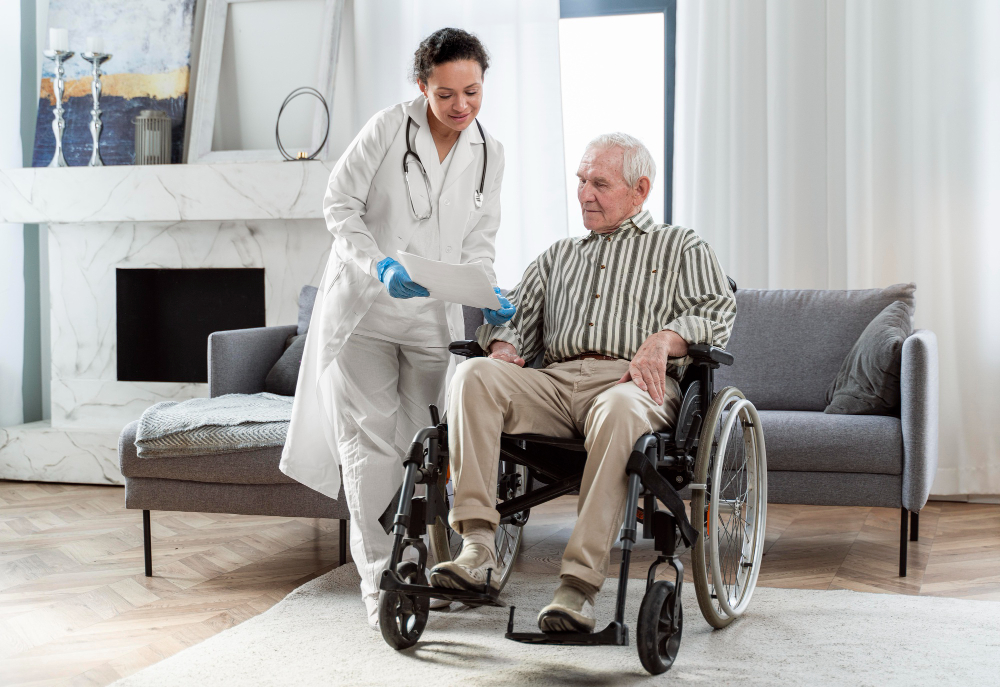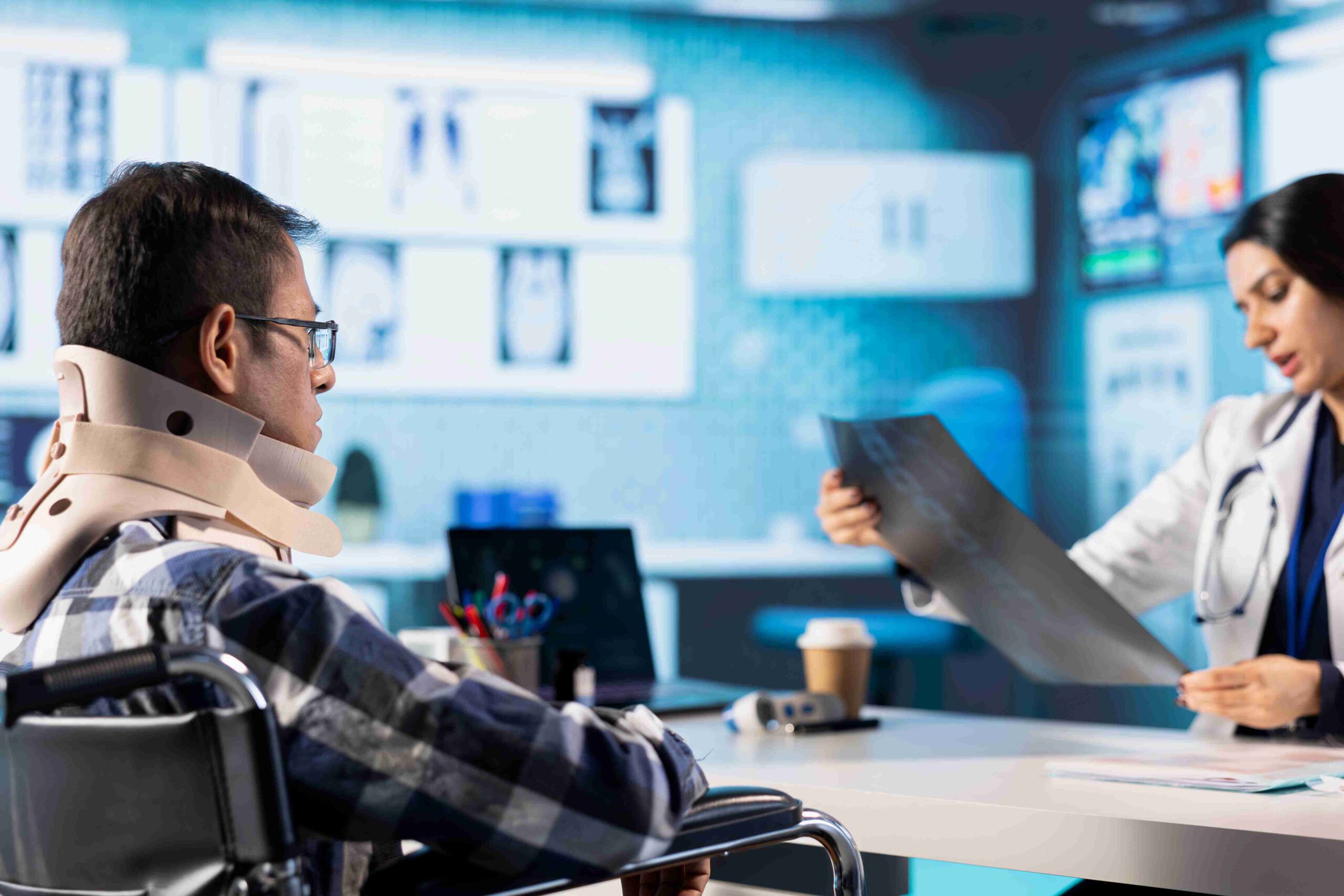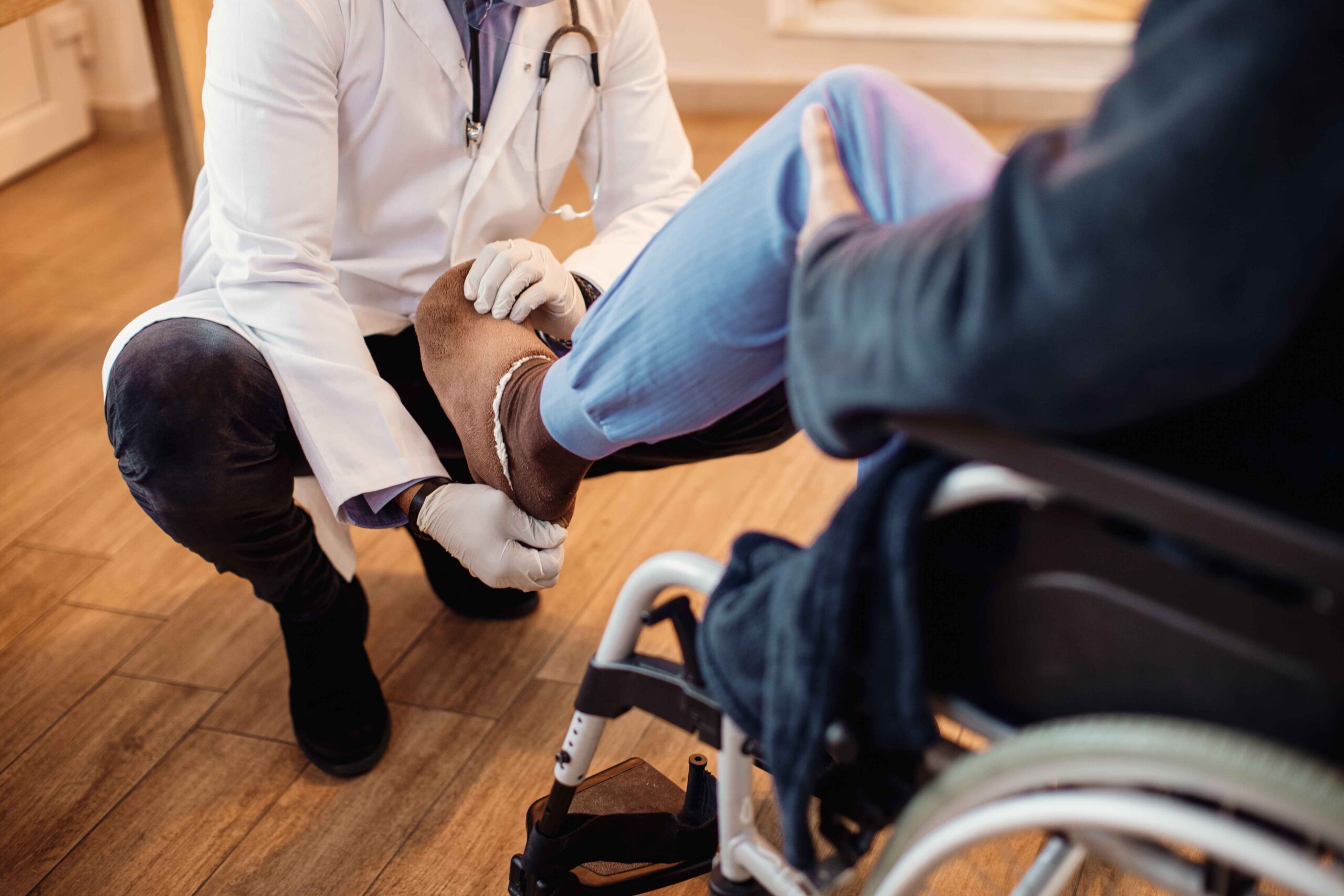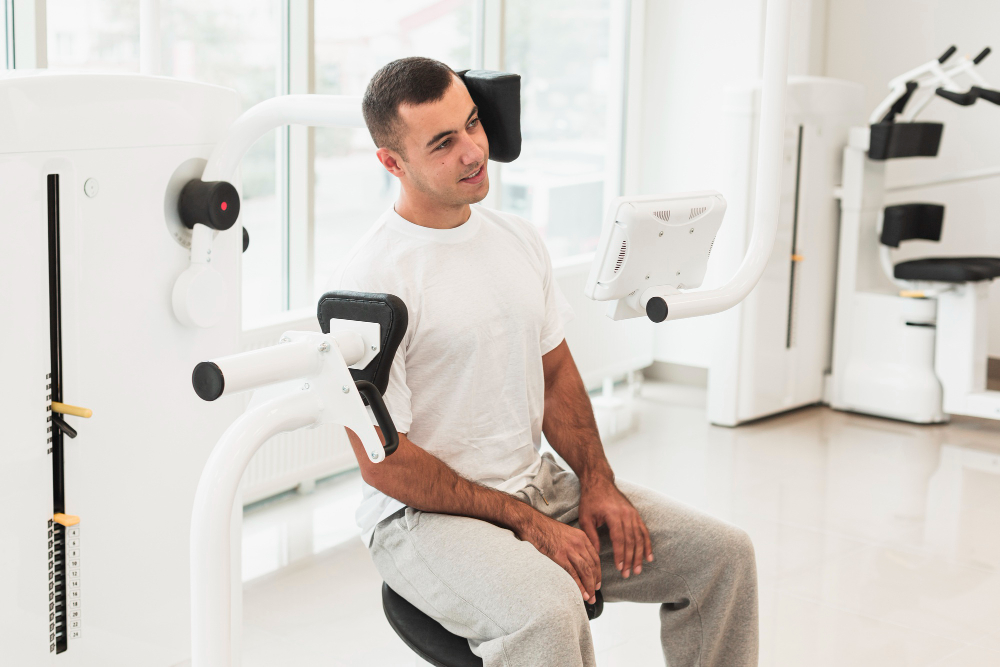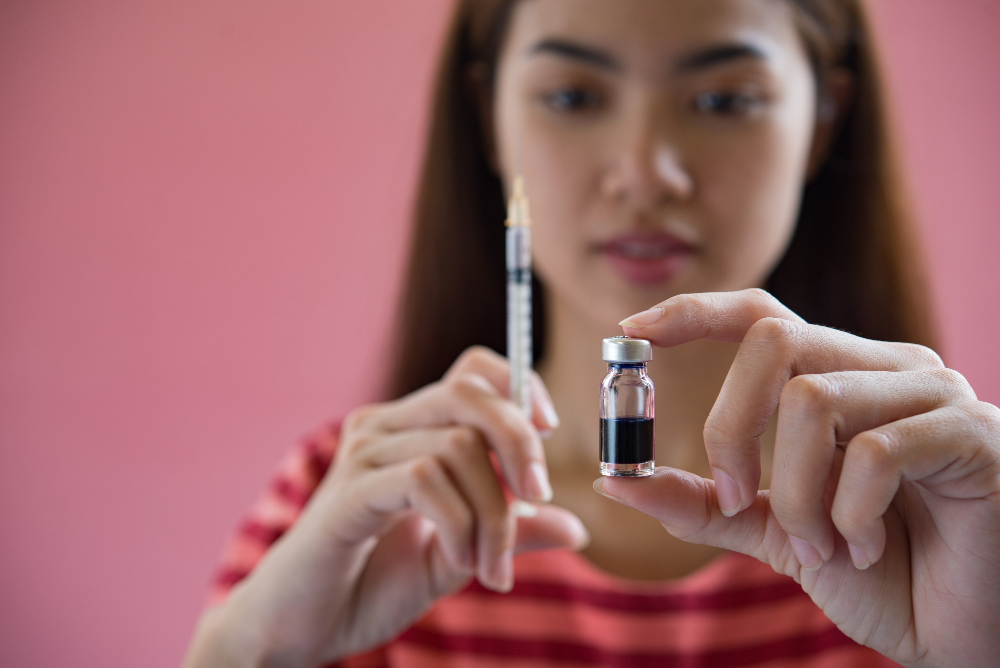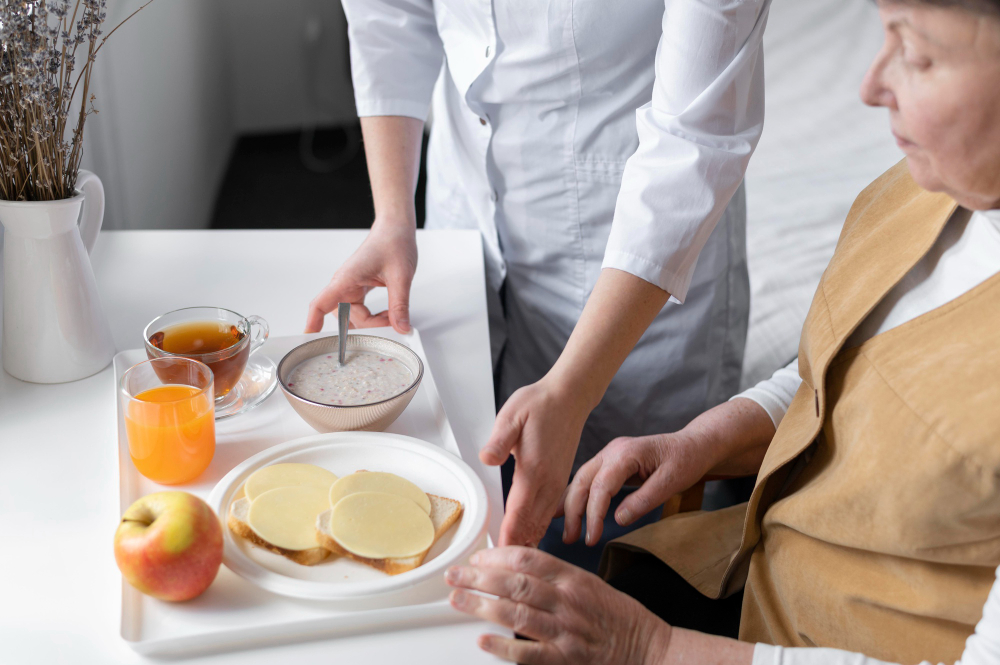
Last updated on by MRC
Living with Parkinson’s disease can be challenging, but early diagnosis and the right treatment plan can make a significant difference. It’s important to be aware of the early signs and consult healthcare professionals if you or someone you know is experiencing symptoms.
At the Medical Rehabilitation Center, we are committed to supporting individuals with Parkinson’s disease every step of the way. Our team of experienced physiotherapists is here to provide the care and guidance needed to manage symptoms effectively and maintain an active, fulfilling life.
Parkinson’s disease is a progressive neurological disorder that affects movement. It can cause a range of symptoms, from subtle changes that might be easy to overlook to more severe motor issues as the disease advances. Understanding and spotting the early signs of Parkinson’s can lead to earlier diagnosis and treatment, potentially improving the quality of life for those affected.
The early symptoms of Parkinson’s disease can be subtle and vary from person to person. They often start on one side of the body and usually remain worse on that side, even as symptoms begin to affect both sides. Some of the early signs to watch out for include:
The exact cause of Parkinson’s disease is unknown, but several factors appear to play a role, including genetics and environmental triggers.
Parkinson’s disease can have a familial cause, which means you can inherit it from one or both of your parents. However, this only makes up about 10% of all cases.
Experts believe idiopathic Parkinson’s disease happens because of problems with how your body uses a protein called α-synuclein (alpha-synuclein). Proteins are chemical molecules that have a very specific shape. When some proteins don’t have the correct shape — a problem known as protein misfolding — your body can’t use them and can’t break them down.
A key aspect involves the loss of nerve cells in the part of the brain that controls movement. This leads to a reduction in a vital chemical called dopamine, causing the symptoms of Parkinson’s.
While there’s currently no cure for Parkinson’s disease, treatments are available to help reduce symptoms and improve quality of life. Treatment plans can include medication, physiotherapy, and in some cases, surgical intervention.
At the Medical Rehabilitation Center, our focus is on providing personalized physiotherapy sessions tailored to each patient’s unique needs. Our therapies aim to improve mobility, reduce pain, and enhance muscle strength and coordination.
At the Medical Rehabilitation Center, a leading physiotherapy clinic in Kolkata, our experts are dedicated to not only providing top-notch physiotherapy services but also to educating our community about neurological conditions like Parkinson’s disease. With over ten years of experience, our team is well-equipped to support individuals in managing symptoms and improving their overall wellbeing.
Awareness is the first step toward action. By learning how to spot the early symptoms of Parkinson’s disease, you can take proactive steps toward managing your health. Remember, you’re not alone in this journey. The Medical Rehabilitation Center is here to support you with expert care and comprehensive treatment options. Together, we can face Parkinson’s disease with confidence and resilience.
